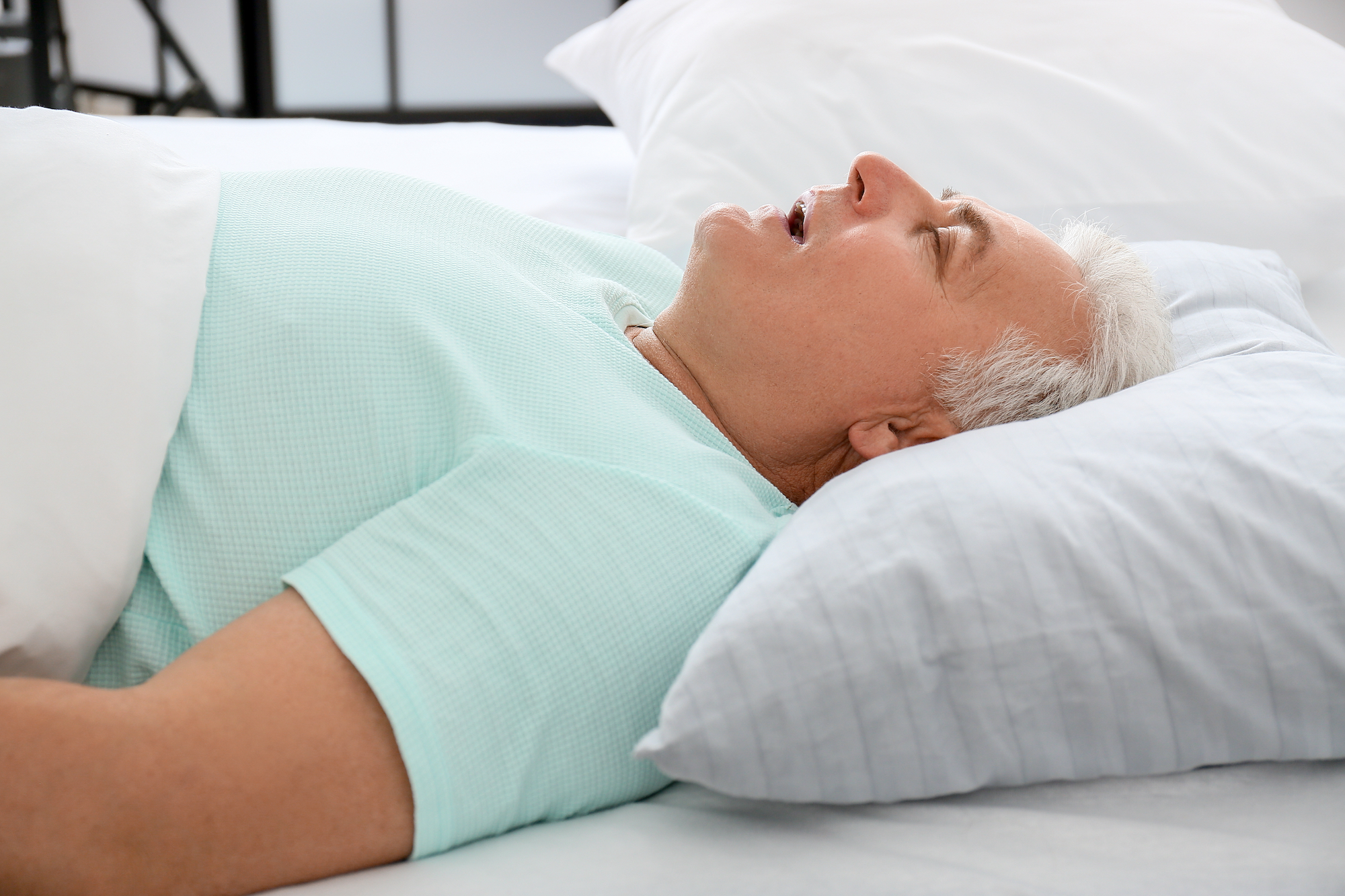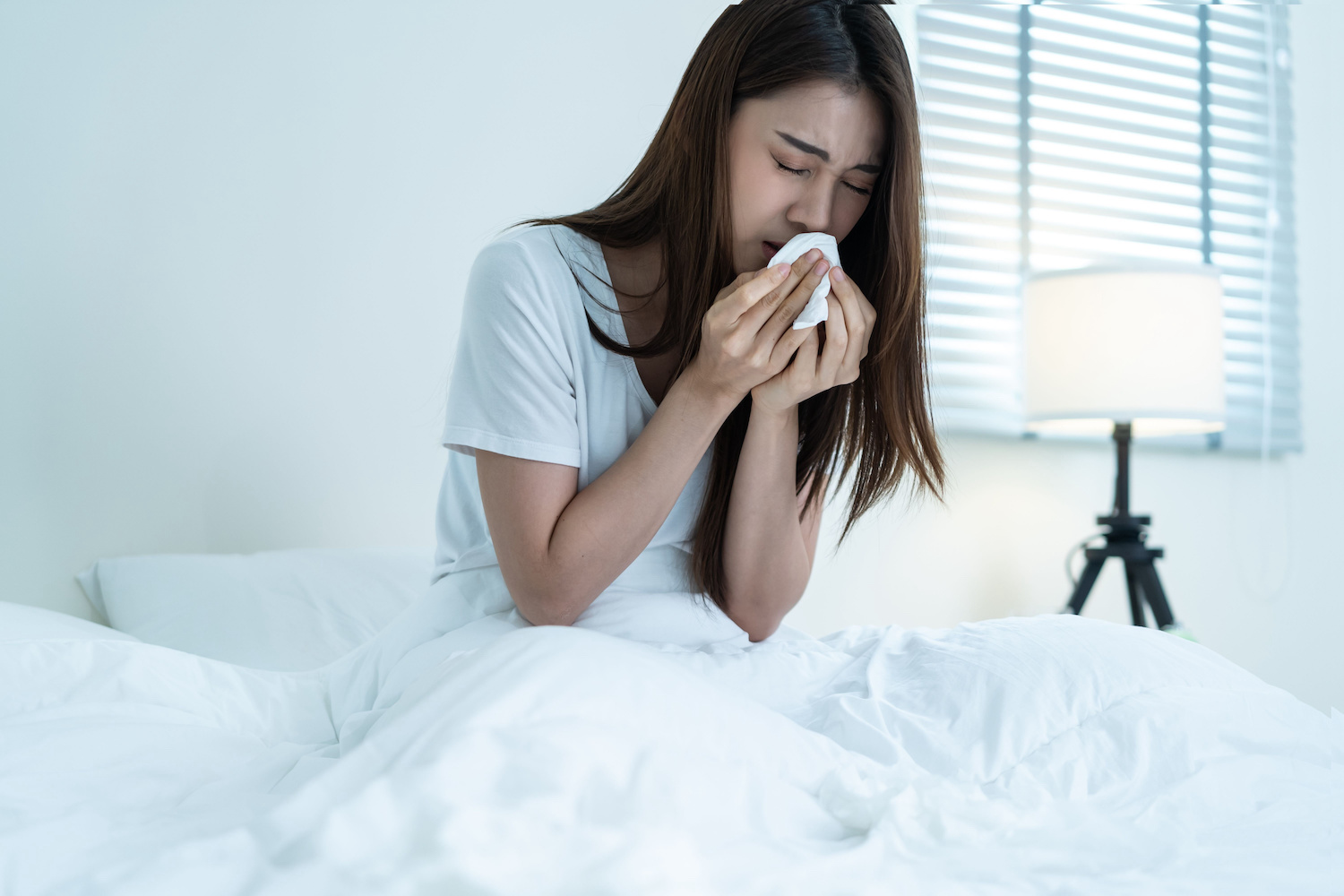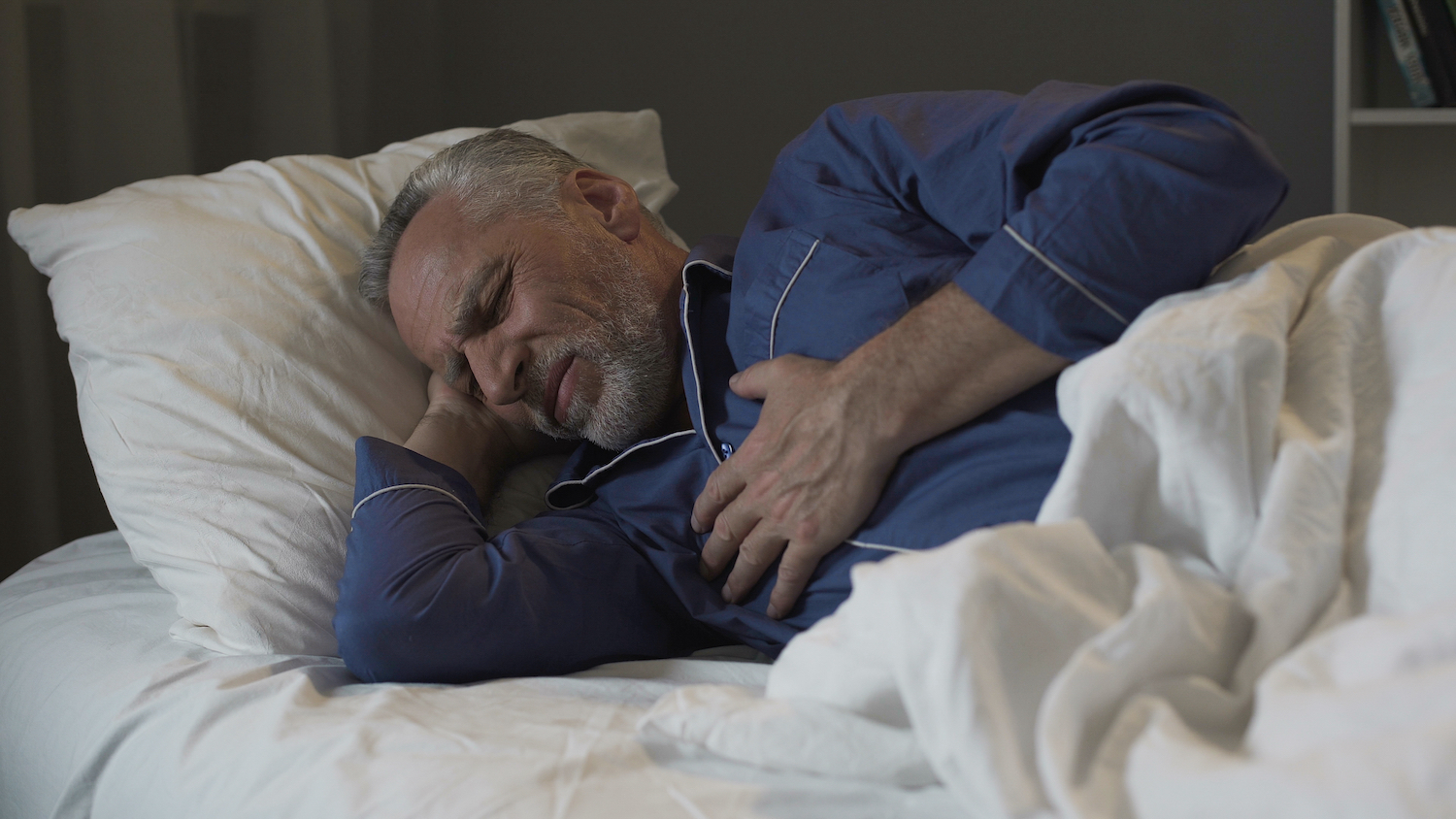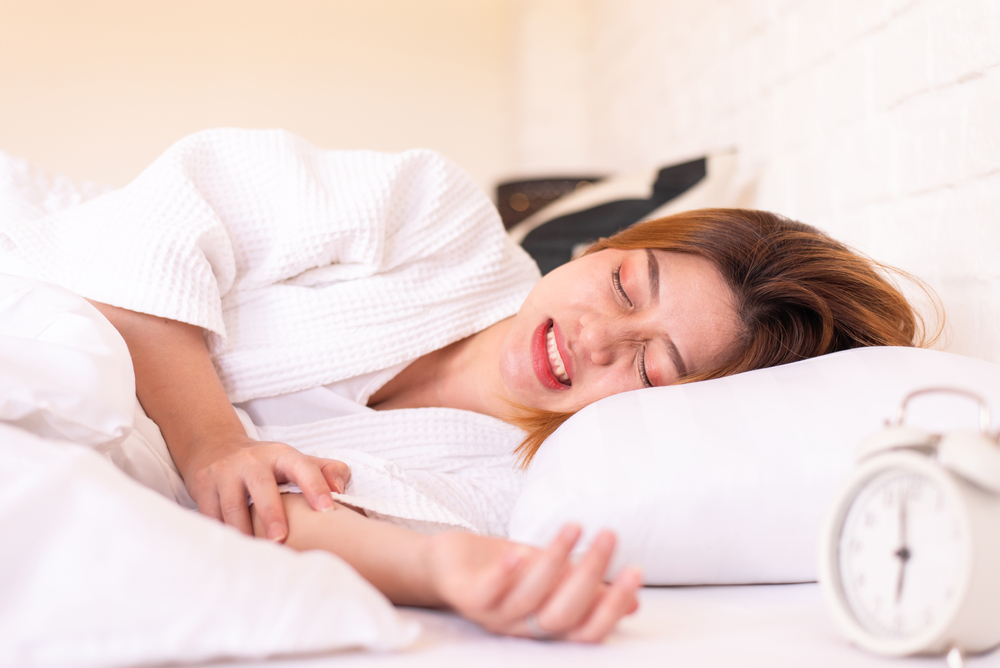Sleep disorders are health conditions that prevent you from getting a good night’s rest. Although they come in many forms, most sleep disorders impact how you feel when you’re awake. In addition to making you extremely tired, cranky, or unable to focus, sleep disorders can contribute to both physical and mental health conditions.
Sleep apnea is a common sleep disorder in which disrupted breathing negatively affects your sleep. People with sleep apnea have unrefreshing sleep, leading to persistent daytime sleepiness. Getting enough high-quality sleep is essential to physical and mental health, so learning the basics about sleep disorders can be an important step to support your overall wellness.
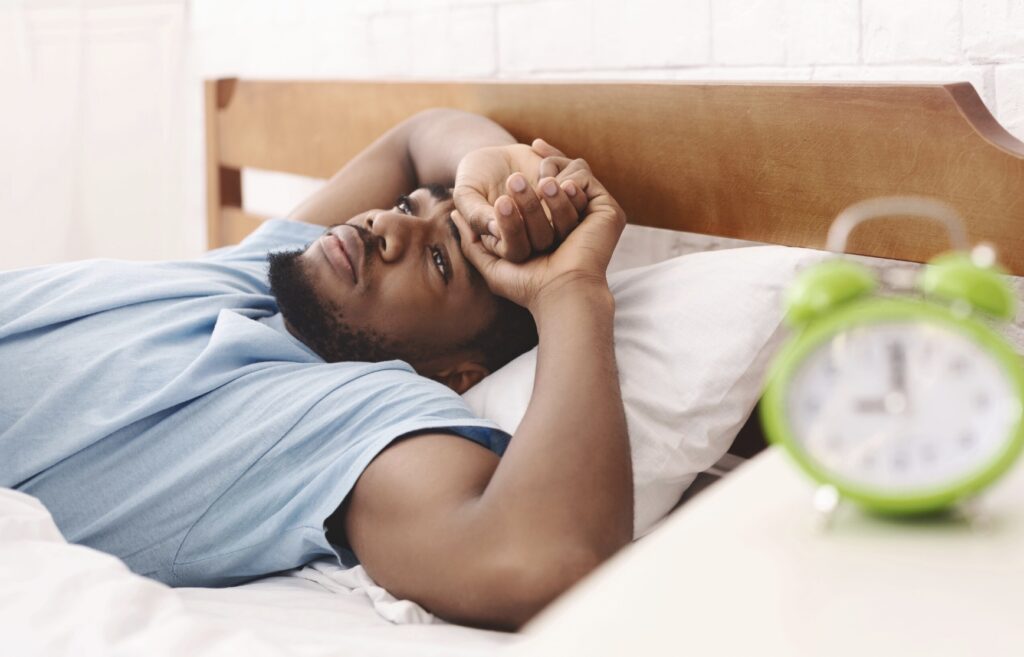
Understanding Sleep Disorders and Their Impact
There are more than 100 types of sleep disorders, and each interferes with sleep in a different way. When they arise, sleep disorders can prevent you from getting the restorative rest that powers the mind and body.
Some sleep disorders are common, while others affect only a very small number of people. Knowing about insomnia, sleep apnea, and other sleep disorders can empower you to recognize their signs and symptoms.
Insomnia
Insomnia involves difficulty falling asleep or staying asleep, which can affect your energy levels and how you feel during the day. People with insomnia have time available to sleep, but have trouble sleeping as much as they would like.
Insomnia is the most prevalent sleep disorder in the U.S.. As many as 22% of people have an insomnia disorder, and around one-third have occasional insomnia symptoms.
Sleep Apnea
Sleep apnea is another common sleep disorder. People with sleep apnea have more breathing interruptions during sleep than normal. When breathing slows or stops, it can trigger very brief awakenings that disrupt sleep. But most people aren’t aware of these awakenings or their impact on sleep quality.
There are two types of sleep apnea. The most common is obstructive sleep apnea (OSA), which occurs when the airway becomes physically narrowed or blocked. The other is central sleep apnea (CSA), which happens when the brain does not properly communicate with the muscles that control breathing.
People with sleep apnea don’t get high-quality rest. Instead, their sleep is fragmented, causing daytime drowsiness. Another frequent symptom of obstructive sleep apnea is loud snoring that sometimes sounds like choking or gasping for air. While snoring is often associated with sleep apnea, snorers don’t always have sleep apnea.
Other Sleep Disorders
Sleep disorders can disrupt sleep in various ways. They may reduce the quantity or quality of your sleep, interfere with your sleep timing, cause excessive daytime sleepiness, or induce abnormal behaviors during sleep.
Although far from an exhaustive list, there are several notable types of sleep disorders.
- Restless leg syndrome (RLS): When they lie down, people with RLS feel discomfort in their limbs and a powerful urge to move. Up to 15% of people have RLS, which may interfere with sleep and contribute to daytime sleepiness. While the conditions are not directly linked, RLS appears to be more common in people with sleep apnea.
- Narcolepsy: The primary symptom of this uncommon sleep disorder is extreme sleepiness during the day, which can involve suddenly and involuntarily falling asleep. Studies have found that OSA occurs more frequently in people with narcolepsy.
- Sleep bruxism: People with sleep bruxism grind their teeth while sleeping. The cause is not fully understood, but sleep bruxism occurs more often in people with OSA.
- Circadian rhythm disorders: These disorders affect the timing of sleep. Our circadian rhythms are how the body coordinates its functions, including sleep, to align with day and night. Examples of circadian disorders include delayed sleep phase disorder, which is going to bed and waking up very late, or shift work disorder, which can affect people who work a night shift or rotating shifts. Some research suggests that OSA can contribute to circadian rhythm disruptions.
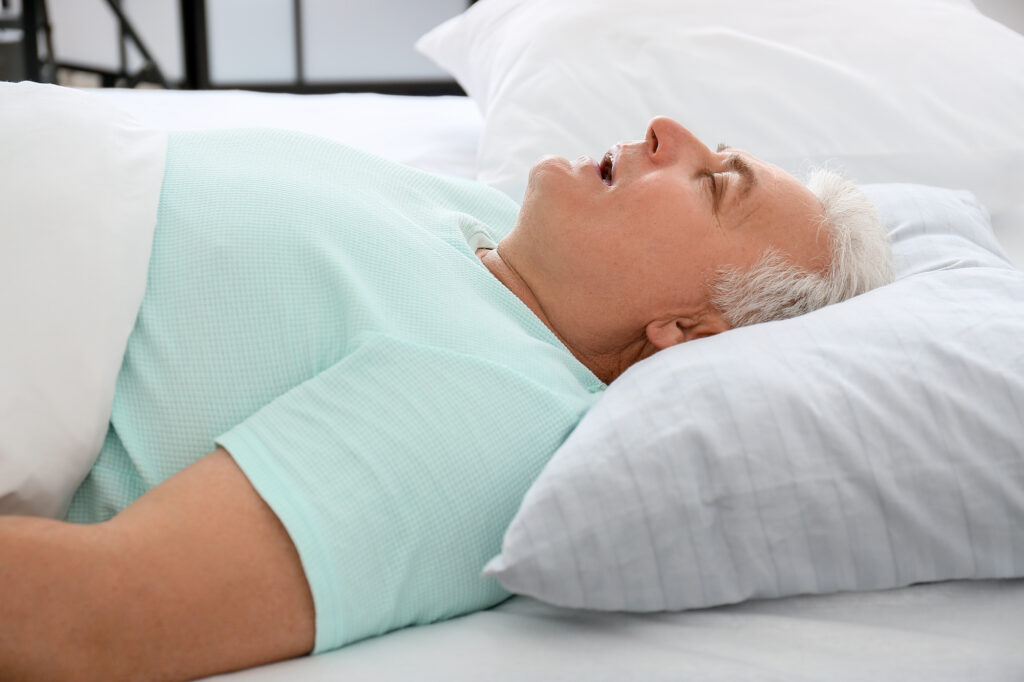
The Impact of Sleep Disorders
Sleep is fundamental to your health and well-being, which is why sleep disorders can have many negative consequences.
Poor sleep can make you feel tired or fatigued during the day, increasing the risk of car crashes and other accidents. Insufficient sleep can hurt your ability to think clearly, focus, and remember important information. Poor sleep can also negatively affect your mood and emotional wellness.
When left unaddressed, sleep disorders can have long-term health consequences. For example, high blood pressure and a greater risk of heart problems are among the long-term dangers of sleep apnea if it goes untreated.
The Intersection of Sleep Disorders
It is possible to have more than one sleep disorder. For instance, many people have both insomnia and sleep apnea, and these conditions can exacerbate one another. A combination of insomnia and sleep apnea can erode sleep quantity and quality, worsening symptoms like daytime sleepiness.
Similarly, restless leg syndrome makes it hard to get comfortable and fall asleep, so most people with the condition also have symptoms of insomnia. On top of that, some people with RLS also have sleep apnea, which can further reduce sleep quality.
Different sleep disorders can share similar symptoms, such as daytime drowsiness and foggy thinking. As a result, sleep disorders may intersect and create a cycle of poor sleep and more significant symptoms. The overlap among symptoms also heightens the importance of properly diagnosing sleep disorders, so that effective treatment can be prescribed.
Recognizing Symptoms and Seeking Diagnosis
Knowing the symptoms of sleep apnea and other sleep disorders can enable you to recognize a potential sleep problem. Reviewing your symptoms with a doctor can be the first step toward diagnosis and treatment to improve your sleep.
Symptoms of Sleep Apnea and Other Sleep Disorders
One of the most common symptoms of many sleep disorders is excessive daytime sleepiness, which is drowsiness that is severe enough to interfere with your ability to stay awake, maintain concentration, or function properly at work or school.
Feeling tired during the day is a primary symptom of obstructive sleep apnea. Some people with OSA have additional symptoms, which can include:
- Snoring that is loud and may be punctuated by sounds of choking, snorting, or gasping
- Morning headaches
- Restless or fitful sleep
- Feeling irritable, anxious, or depressed
Other symptoms that can arise from other sleep disorders include:
- An inability to fall asleep at bedtime or stay asleep through the night
- A sleep schedule that is inconsistent or involves going to bed extremely early or late
- Abnormal movements or behaviors during sleep
- An inability to move your body when you first wake up
- Tingling or burning sensations in the limbs when lying down
Talk with a health care provider if you have symptoms of disrupted sleep. Seeing a doctor can enable prompt diagnosis of a sleep disorder or the identification of another cause of your sleeping problems.
Diagnosis of Sleep Apnea and Other Sleep Disorders
The first step in the diagnosis of a sleep disorder is reviewing your symptoms and health history with a doctor. Understanding your sleep habits and difficulties can narrow down possible causes so necessary testing can be prescribed.
Some sleep disorders, like insomnia, don’t require diagnostic tests. However, testing to determine whether you have an increased number of repetitive breathing disruptions during sleep is necessary to diagnose sleep apnea. Two types of testing can be used for obstructive sleep apnea.
- In-clinic sleep study: For this test, you spend the night at a specialized sleep lab while wearing sensors that track your breathing, heart rate, and muscle activity. Also known as polysomnography, this testing is the traditional way of diagnosing sleep apnea, and it is also used to diagnose many other sleep disorders.
- Home sleep apnea testing (HSAT): As the name implies, home sleep apnea testing is done in the comfort of your bedroom. A special device monitors your breathing, pulse, and the level of oxygen in your blood.
While home testing is more convenient, it is not right for everyone. HSAT is usually reserved for people believed to have moderate or severe sleep apnea, because the home device is less likely to detect mild cases of OSA.
Treatment Options for Sleep Disorders
Treatment is tailored to the specific sleep disorder causing sleeping problems. For many disorders, treatment can involve lifestyle changes to promote better sleep habits.
Examples of these changes include establishing a more consistent sleep schedule, creating a bedroom environment conducive to sleep, and learning stress-management techniques to improve relaxation. Sometimes these are incorporated into a behavioral therapy program directed by a therapist.
For insomnia and some other sleep disorders, treatment may include medications. Before prescribing a medication, a doctor will talk with you about its potential benefits and downsides. Medication may be prescribed alongside other treatments like lifestyle or behavioral changes.
Treatment for Obstructive Sleep Apnea
The goal of obstructive sleep apnea treatment is to keep the airway open during sleep so that breathing does not become obstructed. Treatment options include lifestyle changes, positive airway pressure (PAP) therapy, oral appliance therapy, and surgery.
For some people, lifestyle changes, like switching sleeping positions, losing weight, and avoiding alcohol and sedatives, may be a part of treatment for sleep apnea, but these changes are rarely enough to fully resolve OSA. Lifestyle changes typically focus on addressing risk factors for sleep apnea.
The most common and effective initial treatment for OSA is PAP therapy. PAP therapy involves using a device that sends a stream of pressurized air into the airway during sleep so that breathing does not become blocked.
There are multiple types of PAP devices, including Continuous PAP (CPAP), auto-adjusting PAP (APAP), and bilevel PAP (BiPAP). Each device has a different way of pressurizing the air as you breathe in and out.
The latest CPAP machines monitor your breathing during sleep, which can provide useful data for you and your doctor about how well the treatment is working.
Oral appliances are another way of treating OSA. These are mouthpieces that are custom-fitted to your mouth and designed to hold the jaw or tongue in a position that helps maintain an open airway. Oral appliances are most often used for people with only mild sleep apnea.
Although not usually the first treatment to be tried, surgery may be an option for sleep apnea in certain circumstances.
Many factors influence the choice of treatment, so it is important to talk with a doctor about the pros and cons of your treatment options for sleep apnea.
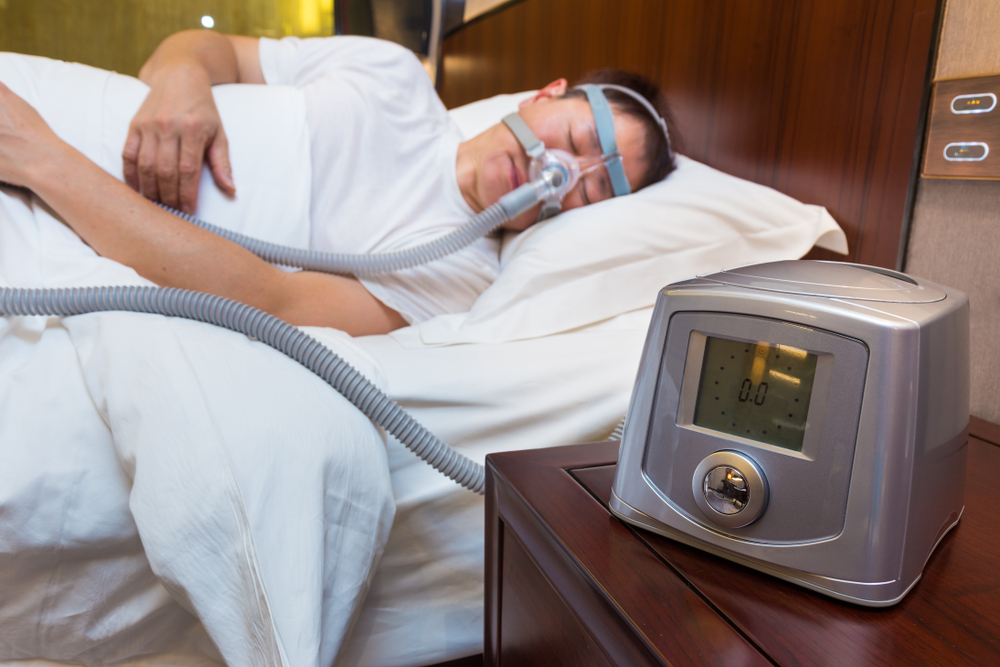
Technology and Innovation in Tracking Sleep Disorders
Sleep trackers are an active area of innovation that may help some people identify sleep disorders. Wearable devices, such as watches and rings, can monitor movement, heart rate, and other data that can provide insights about nightly sleep and daytime activity.
For most people, wearing a sleep tracker is much more convenient than spending a night in a sleep lab, and the data is generally more accurate than documenting sleep in a nightly journal. Some studies indicate that data from sleep trackers can help enhance the accuracy of home sleep apnea testing.
Smartphone apps are another active area of innovation for tracking sleep patterns and providing insight to people with sleep disorders, including sleep apnea. Apps that have shown promise in research studies include those that estimate how long it takes to fall asleep, track CPAP usage, monitor sleep posture, and provide a regimen of mouth exercises designed to strengthen muscles around the airway to reduce snoring and other breathing disruptions.
Sleep health is a dynamic field, and new technologies and apps continue to grow in number and sophistication. While they are not able to replace diagnostic tests for sleep apnea, new technologies can provide valuable information to improve sleep habits and inform conversations with your doctor.
Tips For Better Sleep With Any Sleep Disorder
It is important to adhere to any sleep disorder treatment plans your doctor has prescribed. Additionally, practicing healthy sleep habits may also help improve sleep, regardless of which disorder you have.
- Create a sleep environment that is quiet and dark
- Limit screen time at night, ideally for at least 30 minutes before bedtime
- Follow the same routine before bed every night
- Maintain a consistent sleep schedule on weekdays and weekends
- Practice relaxation techniques, such as mindfulness or breathing exercises, to reduce stress at bedtime
- Don’t consume caffeine or other stimulants in the afternoon and evening
- Minimize alcohol consumption, especially in the evening
- Avoid napping late in the day
Building a Support Network
We are social creatures, and some research suggests that healthy support networks can positively impact sleep. If you have a sleep disorder, look to connect with others who can understand the challenges you face.
A community may offer comfort and suggestions for getting better sleep. The Sleep Foundation Community is one online forum where you can ask questions and interact with experts in the sleep field.
Online and in-person support groups may also be available for specific conditions like sleep apnea, narcolepsy, restless leg syndrome, and other sleep disorders.

